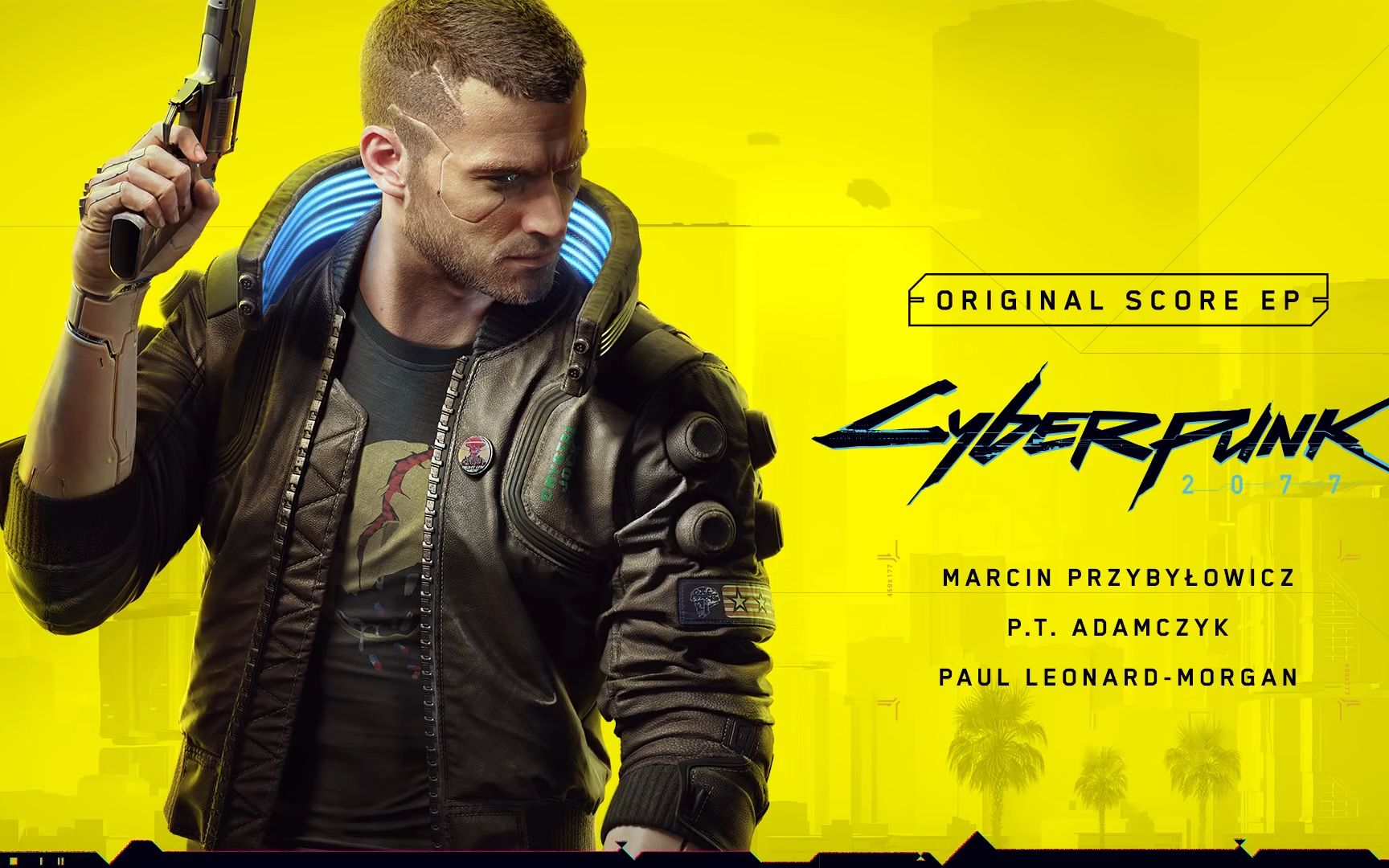The New Frontier: How AAA Game Journalism is Evolving in an Age of Hyper-Transparency and Scrutiny
The landscape of AAA game news reporting is undergoing a seismic shift. Gone are the days when coverage was primarily defined by glossy previews from controlled studio tours and the finality of a numbered review score. The relationship between developer, journalist, and player has been fundamentally rewritten, driven by a confluence of technological, social, and cultural forces. Recent breakthroughs in this field are less about a single gadget or platform and more about a profound transformation in methodology, ethics, and the very definition of what constitutes "news."
The Data-Driven Investigation: Uncovering Stories Beyond the Press Release
Perhaps the most significant breakthrough is the rise of sophisticated, data-driven investigative journalism. Reporters are no longer solely reliant on official sources; they are now digital detectives. This shift was catalyzed by events like the unprecedented leak of Microsoft’s internal documents during its FTC trial, which provided a raw, unfiltered look into the strategies, budgets, and anxieties of one of the industry's giants.
Outlets like Bloomberg, with Jason Schreier at the helm, have set a new standard. Schreier’s reporting, built on cultivating deep networks of sources within development studios, has repeatedly broken stories about project cancellations, workplace turmoil, and executive decisions long before any official announcement. This method—corroborating accounts from multiple developers to protect anonymity and ensure accuracy—has moved game journalism closer to the investigative traditions of political or financial reporting. It treats the game development process itself, with all its human and corporate drama, as the core beat, rather than just the final product.
The "Live Service" News Cycle: Covering the Never-Ending Game
The dominance of live-service games (e.g., Fortnite, Destiny 2, Apex Legends) has created a entirely new rhythm for news reporting. These are not static products but evolving platforms, and covering them requires a paradigm shift from the traditional review cycle. News now happens in seasons, updates, and patches.
This has given rise to a new breed of specialist reporter and content creator: the meta-analyst. Figures like Apex Legends’ content creator The Gaming Merchant or Destiny lore experts like MyNameIsByf are de facto journalists for their communities. They break down patch notes not just for what they say, but for their profound implications on gameplay balance, character viability, and the in-game economy. Their reporting is continuous, highly technical, and deeply integrated with the community’s response. Traditional outlets have had to adapt, establishing dedicated verticals and staff who can analyze a new weapon’s time-to-kill statistic with the same rigor a political reporter might analyze a policy paper.
The Ethical Reckoning: Reporting on the Human Cost
The past few years have been defined by a necessary and painful ethical awakening within the industry. The #MeToo movement and worker-led activism have forced game journalism to confront its role beyond consumer advocacy. Breakthrough reporting has emerged in the form of deep, empathetic exposés on the human cost of game development.
The extensive reports on the rampant crunch culture at studios like Rockstar Games, the toxic workplace at Activision Blizzard, and the unionization efforts sweeping across companies like Raven Software are landmark examples. This type of reporting goes beyond simply stating that a game was delayed; it investigates the managerial missteps, shareholder pressures, and systemic issues that led to that delay and the human toll it extracted. It holds massive corporations accountable not just for the quality of their products, but for the well-being of their employees. This has elevated games journalism, anchoring it in a crucial social justice context and demanding a higher standard of corporate responsibility from publishers.
The Tools of the Trade: Digital Forensics and Community Mining

Technological tools have empowered this new era of reporting. Datamining—the process of extracting information from game clients—has become a standard source for news. Reporters and dedicated community members scour game files for clues about upcoming characters, events, and features. While sometimes spoiling surprises, this practice creates a constant stream of anticipatory news and allows journalists to report on a game’s future roadmap, often with startling accuracy.
Furthermore, social media platforms, particularly Twitter and Discord, have become real-time news wires. Developer tweets, official Discord announcements, and even casual comments from voice actors can spark major news cycles. The challenge for modern journalists is not a lack of information, but an overabundance of it. The skill now lies in verification, curation, and synthesis—filtering signal from noise to provide accurate context for the community.
The Blurring Line: Journalist, Creator, and Community
Finally, the line between journalist, content creator, and the community has never been more fluid. Influencers with massive platforms often break news simply by being granted early access. Meanwhile, community forums like Reddit and ResetEra serve as both a source of tips for journalists and a publishing platform for user-driven investigations.
This democratization has its downsides, including the rapid spread of misinformation, but it has also created a more dynamic and participatory news ecosystem. The modern games journalist must engage with these spaces, not just as an observer, but as a participant who can guide conversation, correct inaccuracies, and distill collective discovery into a coherent narrative.
In conclusion, the breakthroughs in AAA game news reporting reflect a maturation of the medium. It is moving from a PR-led preview culture to a complex, multi-faceted discipline encompassing investigative rigor, ethical commitment, technical analysis, and continuous community engagement. The story is no longer just about the game; it’s about the people who make them, the systems that sustain them, and the communities that play them. This holistic approach is building a more transparent, accountable, and intellectually rich conversation around the world’s most dynamic form of entertainment.














